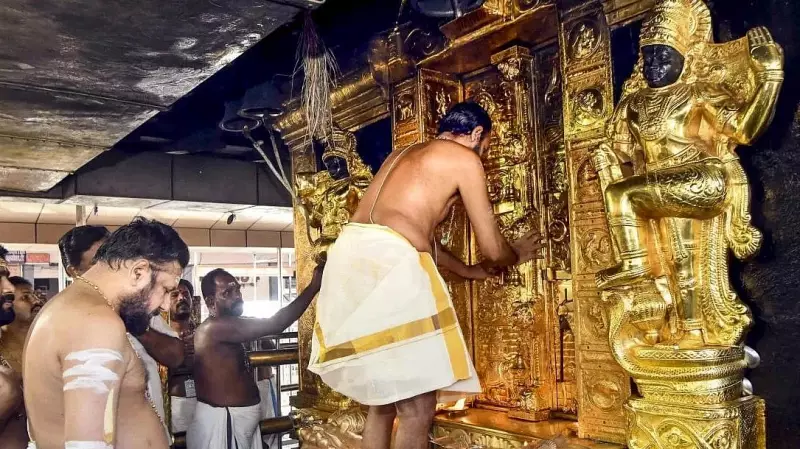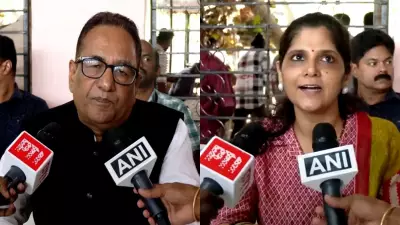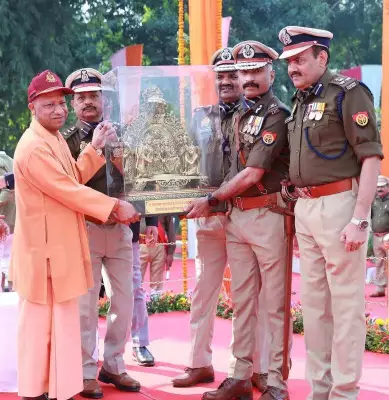
In a stunning revelation that has shaken the faithful across India, the sacred Sabarimala temple in Kerala has become the centerpiece of an elaborate financial fraud worth crores of rupees. What was supposed to be a divine renovation project has been exposed as a sophisticated gold heist operation.
The Divine Disappearance
The scandal revolves around the gold plating work commissioned for the temple's sanctum sanctorum. Investigations have uncovered that the entire project, meant to enhance the spiritual ambiance of one of India's most revered pilgrimage sites, was systematically manipulated to siphon off massive amounts of money.
How the Scam Unfolded
Fake companies and forged documents formed the backbone of this elaborate scheme. The perpetrators created multiple fictitious entities that existed only on paper, complete with fabricated credentials and documentation. These ghost companies then submitted inflated bids for the gold plating contract.
The Travancore Devaswom Board, which manages the temple affairs, approved these fraudulent proposals without proper due diligence. The board members allegedly ignored multiple red flags and procedural violations that should have raised suspicions about the legitimacy of the bidding companies.
The Modus Operandi
- Creation of multiple shell companies with no physical existence
- Submission of forged documents and inflated quotations
- Collusion with certain board officials to bypass verification processes
- Systematic siphoning of funds through layered transactions
- Use of middlemen to facilitate the fraudulent activities
Investigation Uncovers Shocking Details
When authorities began digging deeper, they discovered that the companies awarded the contract had no prior experience in gold work or temple renovations. Their registered addresses turned out to be non-existent, and the contact numbers provided were either disconnected or belonged to unrelated individuals.
The scale of the fraud became apparent when investigators traced the money trail, revealing how funds were quickly moved through multiple accounts and eventually withdrawn or transferred to obscure destinations.
Key Findings
- Multiple fake companies were created specifically for this scam
- Document forgery included fabricated company registrations and tax documents
- The actual gold work done was minimal compared to the amounts billed
- Several middlemen acted as conduits between the fraudsters and officials
- Quality of work was severely compromised despite massive payments
Fallout and Public Outrage
The revelation has sparked widespread anger among devotees and the general public. The Sabarimala temple attracts millions of pilgrims annually, and the thought of their offerings being misappropriated has caused deep distress.
Religious organizations and social activists have demanded a thorough investigation and strict action against all involved, regardless of their position or political connections. The case has raised serious questions about the management of temple funds and the need for greater transparency in religious institutions.
What Happens Next?
Law enforcement agencies have launched a multi-pronged investigation to identify all the perpetrators and recover the misappropriated funds. Several suspects have already been questioned, and more arrests are expected in the coming days.
The Travancore Devaswom Board has promised full cooperation with the investigation and has initiated internal reforms to prevent such incidents in the future. However, restoring public trust will require more than just promises—it will need demonstrable accountability and systemic changes.
This case serves as a stark reminder that even the most sacred institutions are not immune to financial crimes, and highlights the urgent need for robust oversight mechanisms to protect religious endowments from such predatory schemes.





